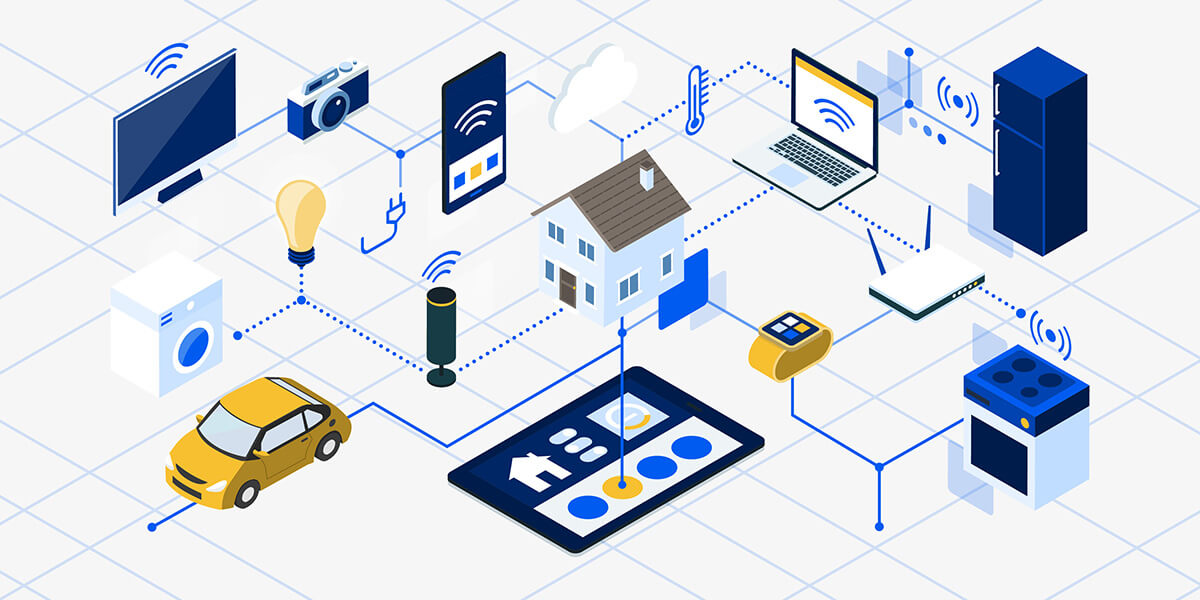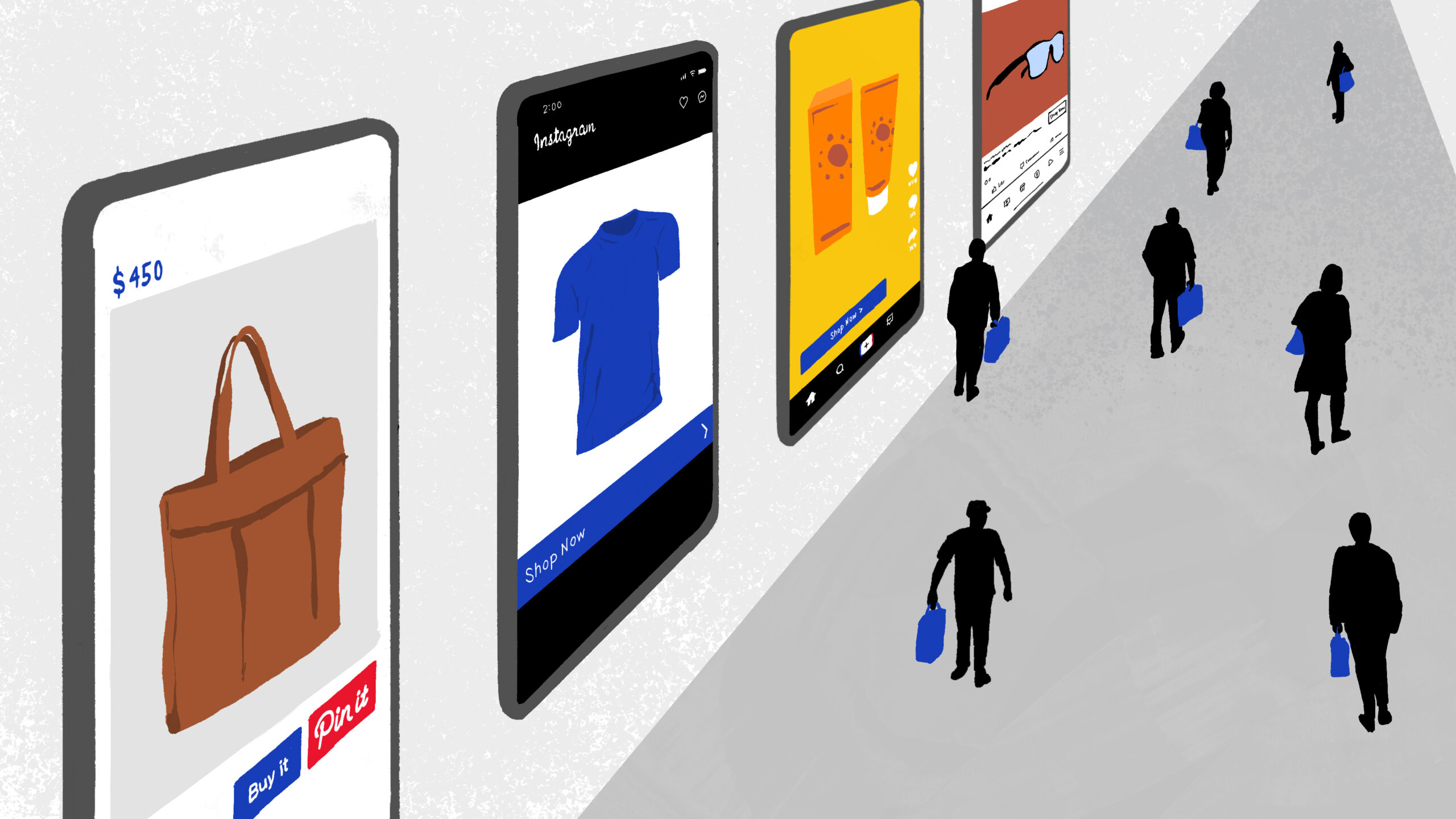Five Cutting-Edge Digital Trends Revolutionizing Online Commerce Platforms
Online commerce platforms are undergoing a seismic shift, reshaping not just how we buy. But also the very fabric of our daily interactions with brands. With each click and transaction, these digital trends are crafting tomorrow’s shopping narratives. Indeed there are some advancements that have managed to render traditional online shopping nearly unrecognizable. From the rise of gamified experiences which turn passive browsing into interactive engagement to the impact of AI, consumer expectations are constantly being upgraded. Let’s explore how these trends and others are forging new pathways for e-commerce success.
Table of Contents
The Rise of AI-Powered Personalization for Online Commerce Platforms
Imagine an online storefront that not only recognizes you but also anticipates your desires, tailoring offers and recommendations with a finesse that rivals the intuition of a personal shopper. That’s the prowess of AI-driven personalization—a trend setting new precedents in customer experience.
Artificial intelligence has progressed from a buzzword to a core component of customer-centric commerce. It studies patterns within vast lakes of data to predict what shoppers might seek next, making every digital interaction feel uniquely tailored.
The result? A shopping experience that feels less like browsing and more like conversing with an attentive concierge who knows your style, size, and even your preferred payment method.
Engaging Commerce Through Gamified Experiences
Turning the spotlight on gamification, this digital trend is redefining consumer interaction in profound ways. Consider CS2 cases, a powerful example from online gaming marketplaces that has expanded beyond virtual arenas into the realm of e-commerce.
In these marketplaces, purchasing and trading Counter-Strike 2 digital assets isn’t just a transaction—it’s part of an immersive experience that captivates users. E-commerce platforms are adopting similar gamified elements to weave interactive narratives around their products.
They encourage consumers to embark on quests, complete challenges, and earn rewards—all while effortlessly driving sales and brand loyalty. It’s a dynamic exchange where each click might unlock discounts or reveal limited-time offers.
Gamification doesn’t just hook attention; it transforms passive visitors into active participants. Each decision becomes more engaging when it feels like part of a game. This strategy not only increases time on site but also enhances customer satisfaction by making shopping fun and rewarding in itself.
Seamless Symphonies of Omnichannel Integration of Online Commerce Platforms
Harmony in the user experience is what omnichannel integration achieve. Delivering a seamless narrative across multiple platforms. With this strategy, digital storefronts become more than isolated channels. And they evolve into interconnected stages that play to the same tune, regardless of where customers choose to engage.
A consumer might begin their journey on mobile, continue on a laptop. And finalize their purchase through voice command on a smart home device. All without missing a beat. Each transition feels effortless; preferences and cart contents migrate fluidly from one device to another.
Crafting Connected Commerce with IoT

In the quest for heightened efficiency and personalized service, the Internet of Things (IoT) has emerged as a trendsetter. By weaving a web of connected devices, IoT is redefining interactions within online commerce platforms and transforming mundane objects into smart shopping assistants.
Smart shelves that signal when inventory is low or refrigerators. And they order milk just before you run out illustrate how IoT blurs the line between digital commerce and physical reality.
Your home becomes a portal to purchase, your car an opportunity to replenish essentials. Each connected device learns your habits and anticipates needs. Hence, ensuring you’re always a few steps away from restocking your favorites without lifting a finger.
Social Shopping: The Conversational Marketplace

Social media platforms are no longer mere marketing tools; they’ve morphed into dynamic consumer ecosystems where conversations spark transactions. This social shopping revolution is turning followers into customers with a simple swipe or tap.
Embedded within the feed, instant purchase options are redefining impulse buying. Influencer endorsements, live stream product launches, and targeted ads based on browsing history make every post a potential point of sale. It’s a conversational approach to commerce that leverages trust and recommendation rather than just cold calls to action.
Which is the best platform for e-commerce?
There is no one-size-fits-all answer to the best e-commerce platform as it depends on specific business needs. However, popular options like Shopify, WooCommerce, and Magento offer robust features, scalability, and customization capabilities, making them suitable choices for many businesses.
What is a digital commerce platform?
A digital commerce platform is a software solution that enables businesses to sell products or services online. It provides a range of functionalities, such as catalog management, payment processing, order management, and customer relationship management, to facilitate the entire e-commerce process and enhance the customer shopping experience.
Final Thoughts
In the whirlwind of digital transformation, these cutting-edge trends are more than just fleeting fashions; they’re the new pillars of online commerce. Embracing them means businesses can forge deeper connections with consumers and craft experiences that resonate well beyond the checkout page.

With more than 20 years of progressive experience as Program Manager and Project Manager had led complex IT projects/programs in a wide variety of industries in America, Latin America & Italia.
Mario Bisson Andini is an advanced Program Manager who is the founder of Bisson Training.










